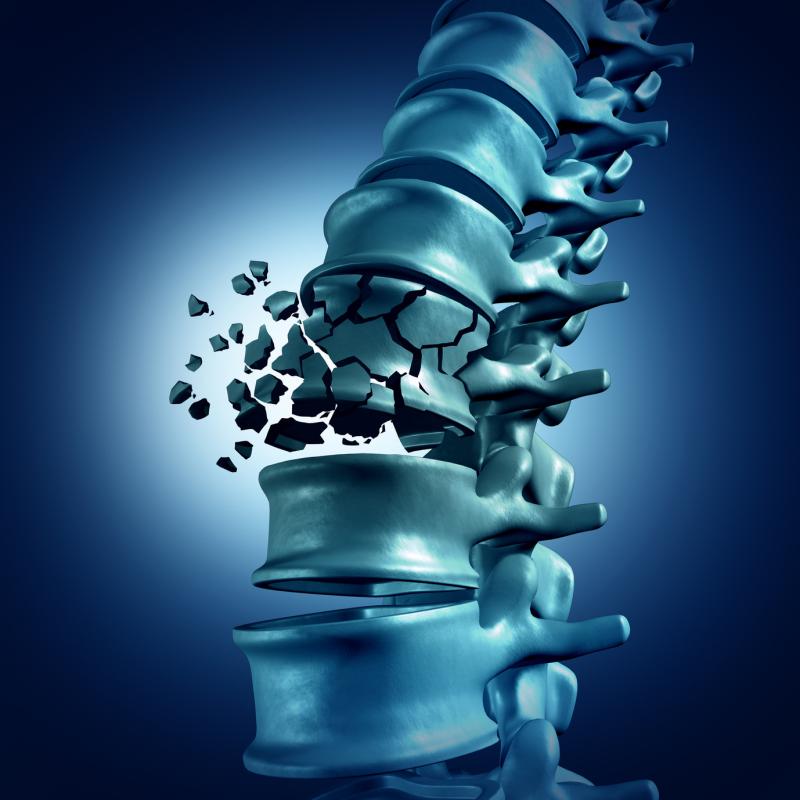
Individuals with unilateral primary aldosteronism (PA) appear to have increased susceptibility to vertebral fractures, a study has found.
The study involved 210 hypertensive patients, among whom 152 were diagnosed with PA using captopril challenge tests. Adrenal vein sampling (AVS) data showed that PA was unilateral in 37 patients and bilateral in 76; 58 patients had non-PA and 39 were not subtype-classified.
Compared with those who had bilateral PA, patients with unilateral PA had higher plasma aldosterone concentration and aldosterone-to-renin ratio, as well as lower plasma renin activity ratio, estimated glomerular filtration rate level and serum potassium concentration.
Vertebral fractures were highly prevalent in patients with PA than in those with non-PA (29 percent vs 12 percent; p=0.011). The prevalence was notably higher in the subgroup of patients with unilateral vs bilateral PA (46 percent vs 20 percent; p=0.021). The number of patients with fractures did not significantly differ between patients with bilateral PA and those with non-PA.
Multivariable logistic regression analysis revealed unilateral PA to be an independent risk factor for vertebral fractures (odds ratio, 3.16, 95 percent confidence interval, 1.12–8.92; p=0.017). Among patients who had unilateral PA, those with vs without fractures had higher serum cortisol concentrations following 1-mg dexamethasone suppression test (mean, 1.32 vs 0.96 g/dL; p=0.048).
The present data suggest the possibility that the severity of aldosterone excess is linked to the development of vertebral fractures, researchers said, adding that careful management is needed to prevent the development of these fractures, specifically in patients with unilateral PA.